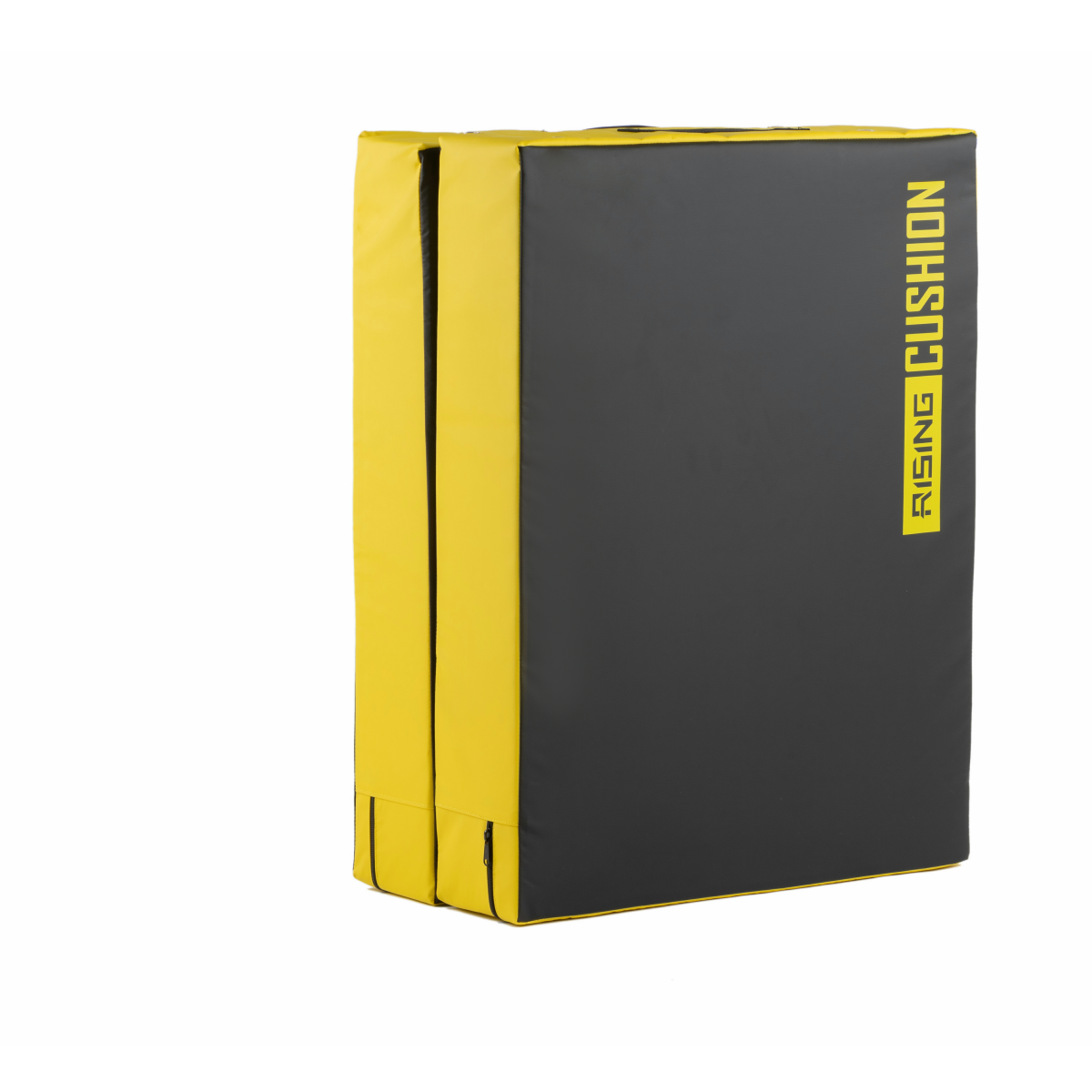Daily Maintenance Routine for Fitness Equipment
Essential Cleaning Protocols for Equipment Hygiene
Keeping fitness gear clean isn't just about looks it affects how people feel when they work out too. Gyms that stick to regular cleaning routines keep their machines sanitized between sessions, which makes members more comfortable returning. Good disinfectants matter a lot here those that won't damage equipment but still kill off most germs. Focus extra attention on areas folks touch constantly handles, buttons, seat parts anything where hands land during workouts helps cut down on germ sharing across the facility. Microfiber cloths actually work wonders compared to old rags they don't scratch surfaces and grab up way more grime without leaving streaks behind. When staff consistently follow through with proper cleaning steps, the whole place feels cleaner and nicer to visit, making everyone healthier in the long run.
Spotting Wear During Visual Inspections
Regular eye checks on fitness gear really matter when spotting signs that things are wearing out. Every morning before opening up, take a good look at machines for those telltale frays in cables, hairline cracks forming, or bolts that seem to be working their way loose over time. Pay extra close attention to parts that actually move around since they tend to show wear first, often giving clues about bigger mechanical troubles down the road. A simple written list helps keep track of what needs checking where, so nothing gets missed during quick walkthroughs between classes. Staff members who notice something odd should speak up right away before small problems turn into big repair bills later on. Making these daily checks part of standard operations does more than just keep people safe it actually saves money in the long run by keeping equipment running smoothly for years instead of replacing it prematurely.
Lubricating Moving Parts to Reduce Friction
Keeping fitness gear running smoothly really depends on proper lubrication. Most facilities apply lubricants to all those moving parts at least once a week. This cuts down on friction and makes sure the machines last longer before needing replacement. When choosing lubricants, always check what the manufacturer recommends for different equipment types. Using the wrong stuff can actually damage components over time. If someone hears squeaks coming from a machine or feels resistance when using it, that's a clear sign something's wrong with the lubrication levels and needs fixing right away. Many gyms keep track of their maintenance work in a simple notebook or spreadsheet. This practice not only keeps everyone accountable but also helps spot patterns in which machines need more frequent attention than others.
Sanitizing High-Touch Surfaces
Keeping things clean matters a lot, especially since weekly deep cleaning of those frequently touched spots like machine controls, handles, and adjustable seats makes a real difference. When germs are a concern, it's worth reaching for stronger disinfectants that actually kill off bacteria while still protecting the look of the equipment. Look for cleaning products labeled for gym machinery they tend to work better than generic stuff found at the store. A spotless workout area does more than just feel good it keeps everyone safer too. People notice when their surroundings are taken care of, and that builds trust in the whole facility.
Monthly Deep Cleaning & Inspection
Disassembling Components for Thorough Maintenance
Regular monthly deep cleans keep fitness gear running at its best. These cleanups work best when they involve taking apart some pieces so everything gets looked at properly. Before pulling anything apart though, check those manufacturer instructions closely - nobody wants to break something expensive just because they skipped reading the manual. Soft brushes paired with good vacuuming does wonders for getting rid of all that built up dust and grime inside the machines. A quick wipe down isn't enough here; real maintenance takes time but pays off big time later on. After everything's spotless, put it all back together slowly making sure bolts are tight and moving parts actually move. Missed connections or loose hardware can lead to serious problems down the road. Proper cleaning and maintenance isn't just about keeping things looking nice, it literally adds years to the lifespan of workout equipment while ensuring members get consistent results from their workouts.
Identifying & Addressing Minor Repairs
When doing those monthly checks, don't forget to spot small fixes before they become big headaches. Check for things like loose screws that work themselves out over time, bearings that start to wear down after repeated use, and any components that just aren't functioning quite right anymore. Getting these sorted early keeps everything running safely and properly. We need some sort of system for tracking what needs fixing and figuring out which problems should come first based on how bad they could get if ignored. Speaking from experience, having spare parts on hand makes all the difference when something breaks down during peak hours. Nobody wants to deal with broken machines while customers are waiting. A good maintenance routine stops little troubles from turning into expensive disasters later on, so the gym stays open and operational without putting anyone at risk.
Replacing Cables, Belts, and Pads
Fitness equipment needs regular part replacements like cables, belts, and pads to stay safe and functional. Keeping track of how these parts look and setting up replacement times according to how much the machines get used helps prevent breakdowns before they happen. Worn out or broken components don't just affect how well the equipment works but also increase accident risks for anyone using it. That's why going with quality replacement parts matters so much for both performance and making sure everything lasts longer. We've found that when people learn what normal wear looks like, they tend to take better care of the machines themselves. This creates safer conditions throughout the whole facility without relying solely on staff maintenance checks.
Adjusting Resistance Mechanisms
Fitness equipment resistance mechanisms need regular checks because these components often drift out of calibration over time. When we test resistance levels on a routine basis, it makes sure what people actually feel matches what the machine says it should be delivering while staying within safe limits. Keeping detailed notes about all those little tweaks and fixes gives us valuable insight into how each piece performs day after day. Trainers should take some time explaining why correct resistance matters so much during workouts. Users might not realize that even small differences matter when building strength or preventing injury. And if someone notices something doesn't feel right with their workout gear, getting that feedback fast can save headaches down the road. Taking this kind of hands-on maintenance seriously keeps everything running smoothly for everyone who uses the equipment.

When to Seek Professional Servicing
Scheduling Annual Equipment Tune-Ups
Annual tune-ups for fitness equipment really matter if we want everything running smoothly. Getting professionals in once a year helps catch small issues before they turn into big problems. Think about it this way most gyms spend thousands fixing stuff that could have been avoided with regular checkups. Technicians know their stuff and often spot things nobody else would notice until it's too late. Keeping track of all those service visits matters too. A good log shows exactly when parts were replaced or adjusted, which makes budget planning easier down the road. Plus, having records means someone actually takes responsibility for maintaining the gear properly over time.
Benefits of Expert Calibration
Getting fitness equipment properly calibrated by experts isn't just important—it's absolutely necessary if gyms want to keep patrons safe while getting maximum value from their machines. When done right, calibration makes sure everything works as intended, which means fewer injuries and better results during workouts. Gyms should really consider hiring certified technicians for this job since these pros know exactly how to adjust settings so each piece meets manufacturer specs. After calibration, looking at things like resistance levels or movement smoothness often shows real differences in how well equipment performs. And when gym owners understand why regular calibration matters, they create spaces where people can exercise confidently knowing their safety isn't compromised.
FAQ Section
Why is regular cleaning of fitness equipment important?
Regular cleaning is essential to prevent the spread of germs and bacteria, ensuring a hygienic environment for users.
What should I look for during visual inspections?
Look for signs of wear such as frayed cables, cracks, or loose bolts, and report any abnormalities to prevent further damage.
How often should equipment be lubricated?
Lubrication should be done weekly or as recommended by the manufacturer to reduce friction and enhance equipment lifespan.
What's the benefit of deep cleaning and inspecting equipment monthly?
Monthly deep cleaning helps maintain equipment performance and addresses minor repairs before they become major issues.
When should key components be replaced?
Key components like cables, belts, and pads should be replaced according to their wear and usage, often routinely scheduled.
Why is it important to adjust resistance mechanisms regularly?
Adjusting resistance ensures the equipment operates safely and according to user expectations, enhancing workout efficiency.
What are the benefits of scheduling annual equipment tune-ups?
Annual tune-ups prevent unexpected breakdowns and maintain equipment performance, saving costs in the long run.
Table of Contents
- Daily Maintenance Routine for Fitness Equipment
- Sanitizing High-Touch Surfaces
- Monthly Deep Cleaning & Inspection
- Replacing Cables, Belts, and Pads
- Adjusting Resistance Mechanisms
- When to Seek Professional Servicing
-
FAQ Section
- Why is regular cleaning of fitness equipment important?
- What should I look for during visual inspections?
- How often should equipment be lubricated?
- What's the benefit of deep cleaning and inspecting equipment monthly?
- When should key components be replaced?
- Why is it important to adjust resistance mechanisms regularly?
- What are the benefits of scheduling annual equipment tune-ups?


